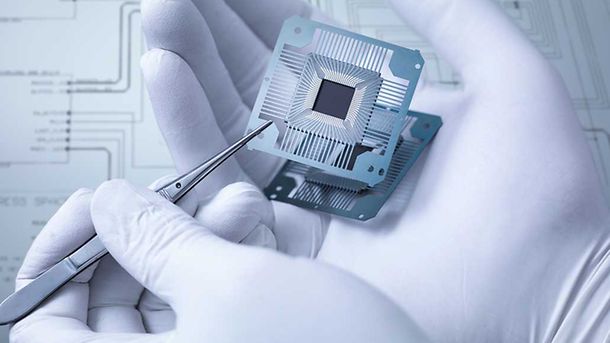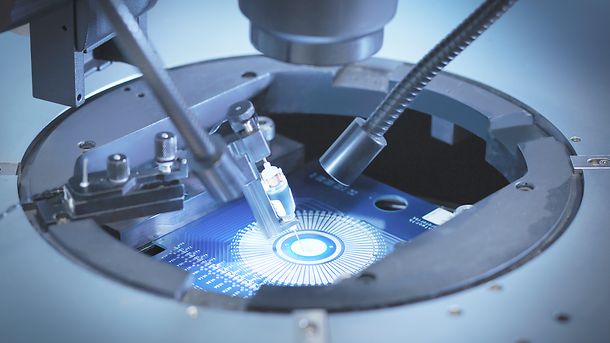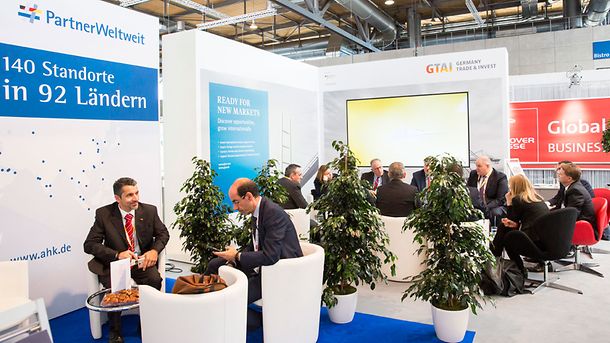Industrial production accounts for more than one third of all foreign direct investment (FDI).
Your company is already operating in Germany and you would now like to export worldwide?
Key Facts
Germany is a European industrial production leader and ranks amongst the world’s best. Industrial production contributes more than 20 percent to domestic GDP – with growth driven by strong R&D, a skilled labor force and robust infrastructure. Digitalization and increased global demand for high-quality machinery are positive trends driving growth, with EU policies also supporting innovation and competitiveness.
Sustainability is central to Germany’s ambition to achieve climate neutrality by 2045. Green hydrogen, renewable energy and circular economy initiatives boost efficiency and attract global investment. These efforts enhance industry output and position Germany as a hub for sustainable manufacturing solutions.
Industry Sectors
Growing Industrial Production Sectors in Germany
News
Meet Us
Meet us at trade fairs and conferences worldwide or join our webinars. Schedule an appointment with our mobility experts. Find someone at the nearest global location to you or visit us in our Berlin headquarters. Our service is sponsored by the German government and therefore free of charge!
Downloads
Looking for detailed reports on industry segments and opportunities? Download our free Industry Overview for more data, analysis and insights into Europe’s market.












